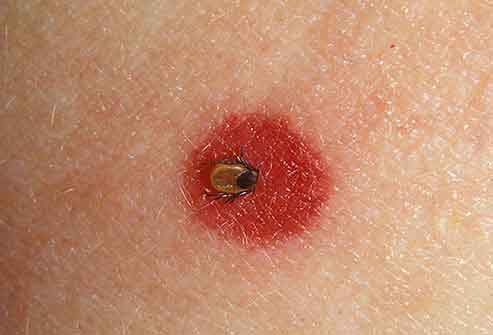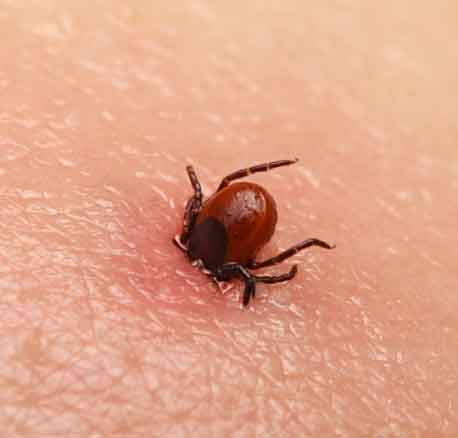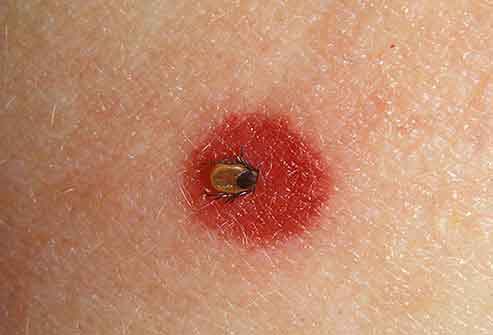Identifying Bed bugs and Ticks
Flying and jumping is one form of movement that Bed bugs and ticks don’t possess. Their major form of movement is hitching rides on people, objects and even pets. Bed bugs can attach themselves to humans, clothing, and bags at hotels, offices, public transports, and generally where there is a large influx of people. On the other hand, people pick up ticks from grasses.
Appearance – Bed Bug Bites vs Tick Bites
It can be tough to tell the difference between tics and bed bugs from mainly looking at them. They are both oval-shaped, wingless and they have a flat body structure. However, a closer inspection on both insects shows that whereas bed bugs have six legs, ticks have eight. Using the legs as a metric to identify bed bugs and ticks can be a bit difficult, and it is usually not the best way to recognize both pests.



To easily identify bed bugs and ticks, you have to look at them when they feed. When ticks feed, they usually increase in size with a reddish-brown color, making it easier to see them. On the other hand, bed bugs have a much darker color after feeding.
Size of infestation
This can be a telling difference between the two. Bed bugs are known to breed rapidly across the house. Ticks on the other hand, rarely breed indoors.
Bed bug and Tick bites
It can be a bit difficult to identify a bed bug bite and a tick bite just by sight alone. Since different people react differently to each bite, location or size of bite is not enough to differentiate between both pests. A reliable metric to use is how both feeds. Ticks prefer to attach themselves on to their host and feed, whereas bed bugs will feed and then retreat to their resting spot.
Ticks are known to carry several illnesses like; ehrlichiosis spotted fever and Lyme disease. On the other hand, bed bug is not known to transmit any disease although some persons react negatively to the bites. For more articles on Bed Bug Bites vs Tick Bites Click Here…




